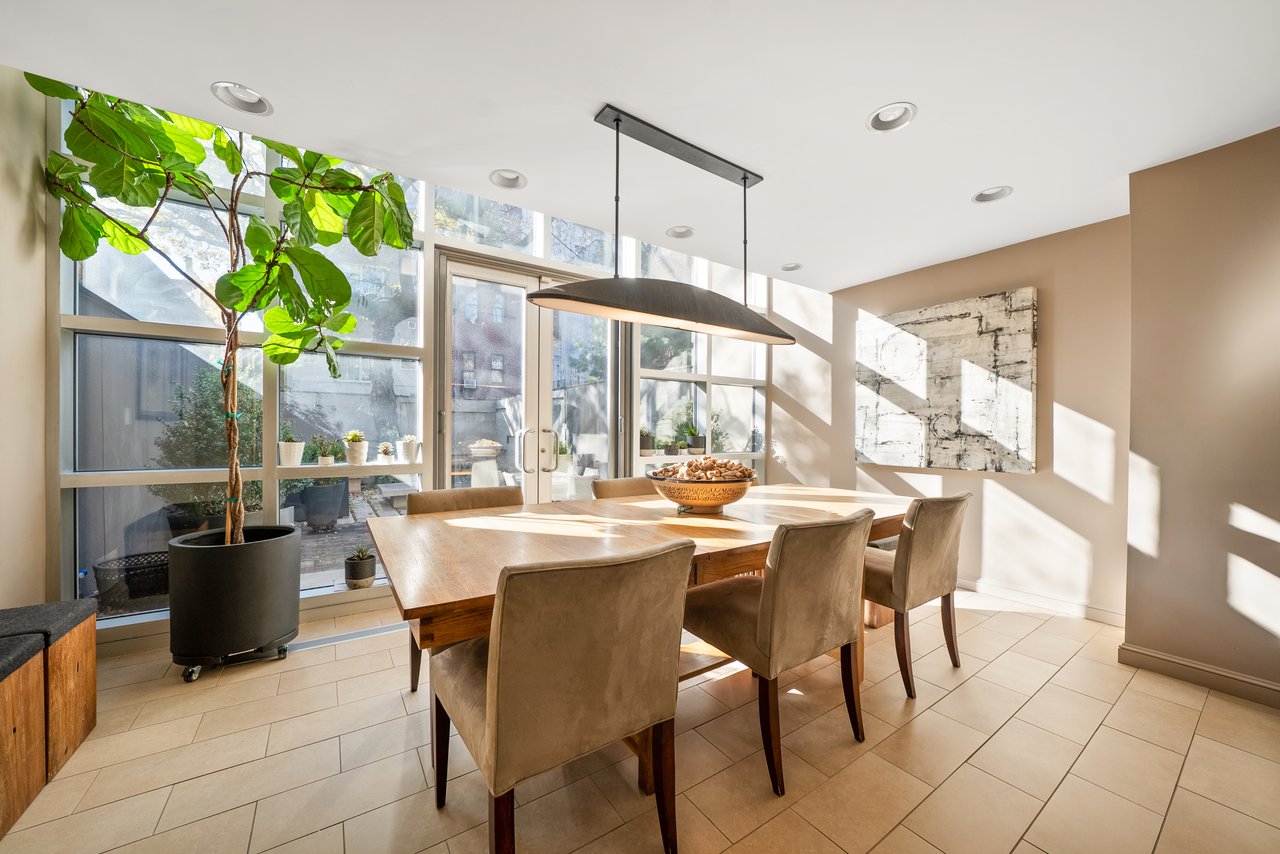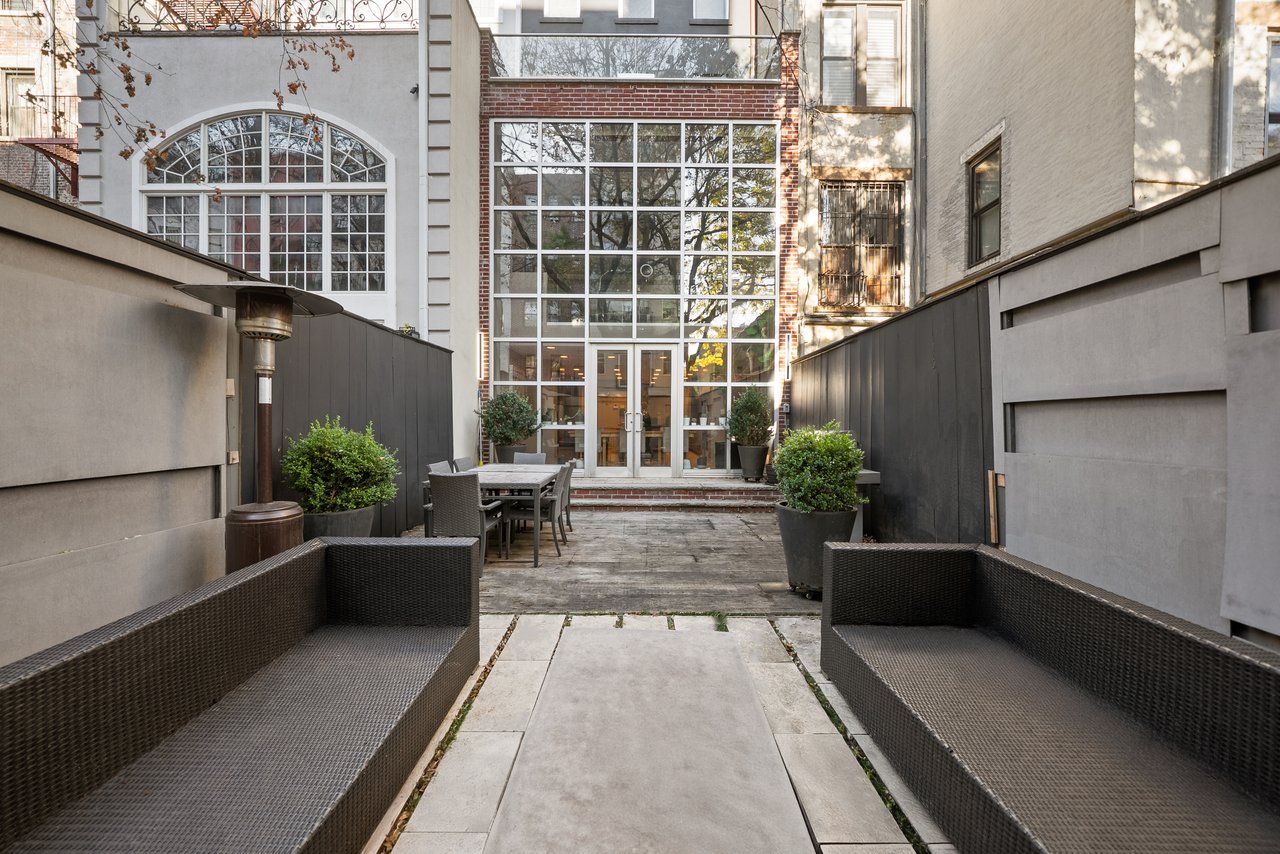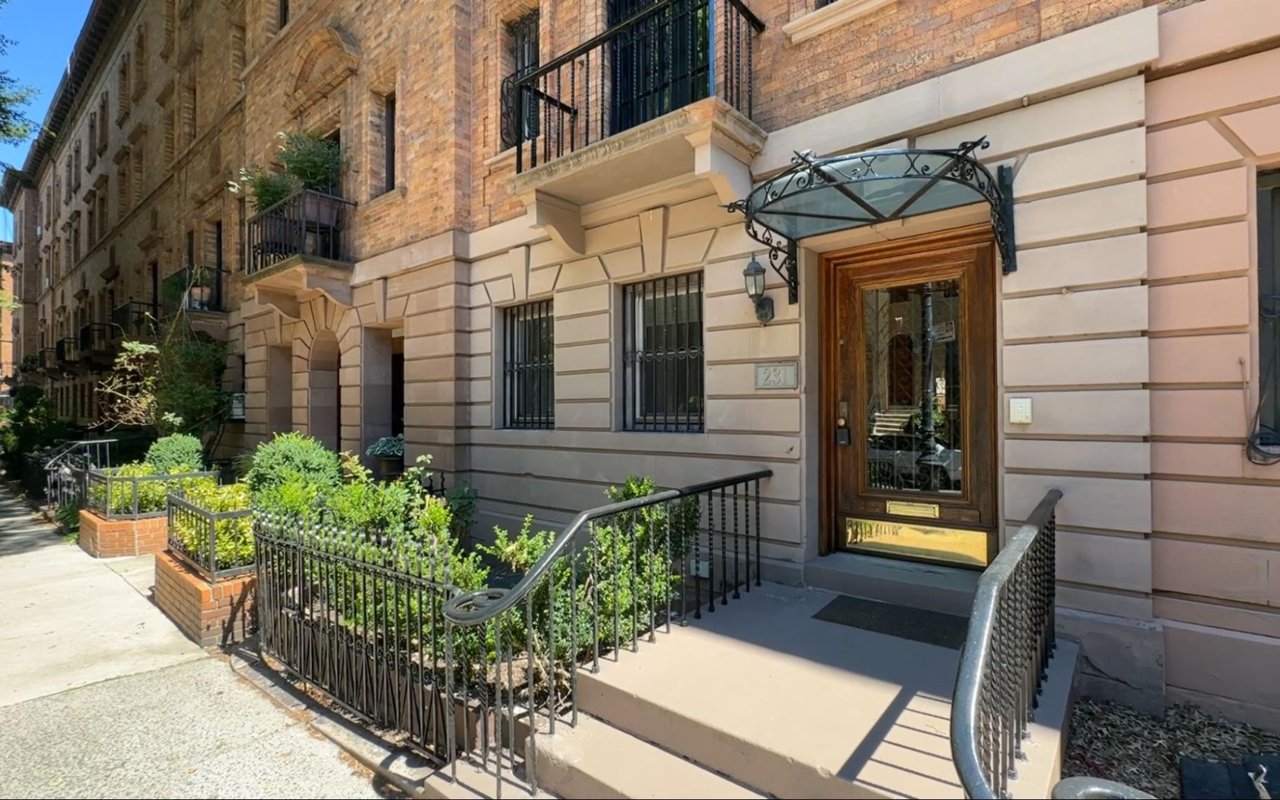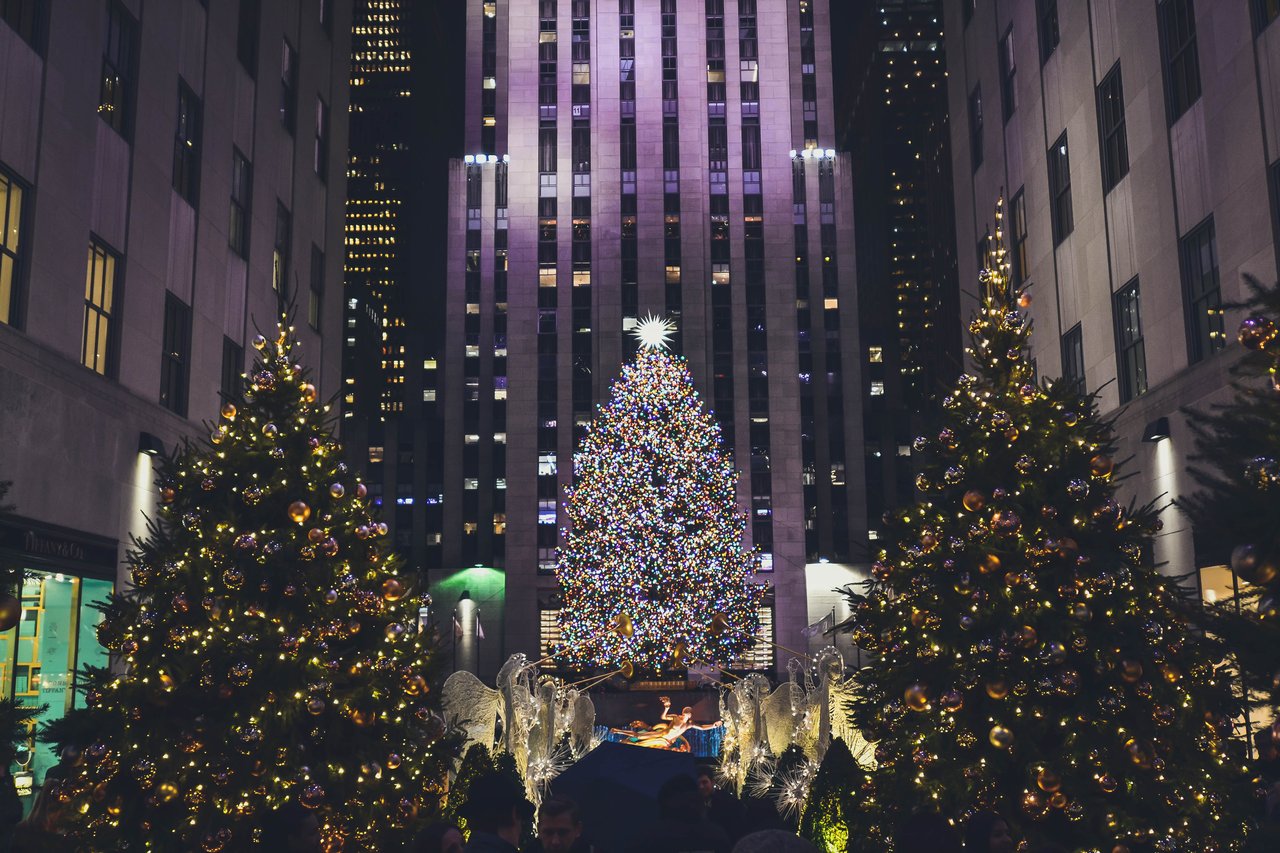While many people might associate it primarily with its iconic past, I want to show you that the attractions in Harlem NYC offer a diverse and dynamic experience for those who call the city home and those visiting for the first time. It is a neighborhood that constantly evolves while fiercely preserving its foundational identity.
Exploring Harlem allows you to witness the enduring legacy of the Harlem Renaissance, feel the rhythm of its jazz heritage, and discover significant cultural institutions. Come along as I highlight some of my favorite places and experiences, helping you uncover what makes Harlem special.
The Apollo Theater
The Apollo Theater, located at 253 West 125th Street, is undeniably one of the most famous attractions in Harlem NYC. This legendary venue has been a cornerstone of African American culture and entertainment since it opened its doors to Black performers and audiences in 1934. It is where countless stars, from Ella Fitzgerald to James Brown and Michael Jackson, launched their careers during the famous Amateur Night.
When you enter the Apollo, you walk toward the same stage where musical history was made. Even if you cannot catch a live performance, a guided tour offers a fascinating look at its storied past, including touching the "Tree of Hope" stump for good luck, a tradition embraced by many performers. The energy of this place is palpable, a true testament to its enduring influence.
When you enter the Apollo, you walk toward the same stage where musical history was made. Even if you cannot catch a live performance, a guided tour offers a fascinating look at its storied past, including touching the "Tree of Hope" stump for good luck, a tradition embraced by many performers. The energy of this place is palpable, a true testament to its enduring influence.
The Studio Museum in Harlem
The Studio Museum in Harlem, currently located at 144 West 125th Street while its new building is under construction, is a crucial institution dedicated to artists of African descent and the art of the African Diaspora. Since its founding in 1968, the museum has played a vital role in showcasing established and emerging artists, fostering critical dialogue about Black art.
I always find their exhibitions thought-provoking and visually compelling. Their focus on contemporary works often challenges perspectives and offers fresh insights into global Black experiences. Keep an eye on their website for updates on their temporary location and future re-opening, as visiting this museum is essential for anyone interested in modern art and cultural contributions.
I always find their exhibitions thought-provoking and visually compelling. Their focus on contemporary works often challenges perspectives and offers fresh insights into global Black experiences. Keep an eye on their website for updates on their temporary location and future re-opening, as visiting this museum is essential for anyone interested in modern art and cultural contributions.
Minton’s Playhouse
I had the distinct pleasure of being at the reopening of Minton’s Playhouse in 2006. The night buzzed with excitement and a local artist quickly rendered the musicians and simply handed his sketch to us for a small donation. Located at 210 West 118th Street, this shrine to Jazz was established in 1938 by saxophonist Henry Minton and is renowned as the birthplace of Bebop. Over the ensuing decades, it served as the epicenter for a revolutionary shift in jazz, laying the foundations for modern jazz.
Today, Minton's Playhouse continues to host exceptional musicians, delivering outstanding performances in a one-of-a-kind setting. If you love Jazz, this is the real deal. They are known for a commitment to high-quality music. They serve food and drinks while remaining an iconic and vibrant establishment in the world of jazz & NYC.
Today, Minton's Playhouse continues to host exceptional musicians, delivering outstanding performances in a one-of-a-kind setting. If you love Jazz, this is the real deal. They are known for a commitment to high-quality music. They serve food and drinks while remaining an iconic and vibrant establishment in the world of jazz & NYC.
The Schomburg Center for Research in Black Culture
The Schomburg Center for Research in Black Culture, part of the New York Public Library system and situated at 515 Malcolm X Boulevard (Lenox Avenue), is a world-renowned research library dedicated to the history and culture of people of African descent. It houses an extraordinary collection of books, manuscripts, photographs, and artifacts documenting global Black experiences.
This place is a treasure trove of knowledge and a powerful testament to human resilience and creativity. You can explore their rotating exhibitions, which delve into diverse aspects of Black history and contemporary issues, or delve into their vast archives for in-depth research.
This place is a treasure trove of knowledge and a powerful testament to human resilience and creativity. You can explore their rotating exhibitions, which delve into diverse aspects of Black history and contemporary issues, or delve into their vast archives for in-depth research.
Gospel Services at Historic Churches
Experiencing a Sunday gospel service in Harlem is a genuinely uplifting and profound experience that offers a glimpse into the heart of the community. Historic churches like the Abyssinian Baptist Church or the First Corinthian Baptist Church are renowned for their powerful choirs and engaging sermons.
I recommend checking their websites for visitor guidelines, as some churches have specific seating arrangements or dress codes for guests. The energy of the music, the heartfelt messages, and the communal spirit create an unforgettable atmosphere.
I recommend checking their websites for visitor guidelines, as some churches have specific seating arrangements or dress codes for guests. The energy of the music, the heartfelt messages, and the communal spirit create an unforgettable atmosphere.
The National Jazz Museum in Harlem
The National Jazz Museum in Harlem, located at 58 West 129th Street, is dedicated to preserving and celebrating the history of jazz, particularly its deep roots in Harlem. While smaller than other museums, it offers a focused and engaging look at jazz through exhibits, archival recordings, and live performances.
I appreciate their intimate setting and commitment to educational programming. They frequently host events, including curated talks, film screenings, and live music sessions, often featuring contemporary jazz artists. It is a wonderful place to deepen your appreciation for this uniquely American art form and understand its profound impact on Harlem's legacy.
I appreciate their intimate setting and commitment to educational programming. They frequently host events, including curated talks, film screenings, and live music sessions, often featuring contemporary jazz artists. It is a wonderful place to deepen your appreciation for this uniquely American art form and understand its profound impact on Harlem's legacy.
Strivers' Row (St. Nicholas Historic District)
Strivers' Row, officially known as the St. Nicholas Historic District, is a stunning collection of late 19th-century row houses designed by prominent architects such as McKim, Mead and White. Located between West 138th and West 139th Streets, west of Adam Clayton Powell Jr. Boulevard, these elegant homes were initially built for affluent white New Yorkers. Still, they became home to many successful African Americans during the early 20th century, including famous artists, doctors, and lawyers, hence the name Striver’s. These homes are distinguished by their private garages, a rare NYC amenity that once served as horse stables.
I have sold a number of townhouses along the enclave including the Eubie Blake house. I never tire of walking through these streets and admiring the distinct architectural styles, including Georgian, Renaissance Revival, and Romanesque Revival. The meticulously maintained facades and cohesive design make it a visually impressive area. It provides a tangible link to a significant period in Harlem's history and offers a glimpse into the luxurious residential life that flourished in the neighborhood.
I have sold a number of townhouses along the enclave including the Eubie Blake house. I never tire of walking through these streets and admiring the distinct architectural styles, including Georgian, Renaissance Revival, and Romanesque Revival. The meticulously maintained facades and cohesive design make it a visually impressive area. It provides a tangible link to a significant period in Harlem's history and offers a glimpse into the luxurious residential life that flourished in the neighborhood.
Marcus Garvey Park
Marcus Garvey Park, originally known as Mount Morris Park, is a beautiful and historically significant green space between 120th and 124th Streets, Madison Avenue, and Mount Morris Park West. It is unique for its schist outcrop, a natural rock formation that rises prominently from the park's center, topped by the historic Harlem Fire Watchtower, a cast-iron structure.
I often find myself drawn to the park for its elevated views of the surrounding brownstones and city skyline. It is a community hub, hosting concerts, festivals, and local events throughout the year. There is also a public swimming pool and amphitheater. The park provides an excellent space for relaxation, recreation, and experiencing the everyday rhythm of Harlem life.
I often find myself drawn to the park for its elevated views of the surrounding brownstones and city skyline. It is a community hub, hosting concerts, festivals, and local events throughout the year. There is also a public swimming pool and amphitheater. The park provides an excellent space for relaxation, recreation, and experiencing the everyday rhythm of Harlem life.
Work with Julia Boland and The Boland Team for Your NYC Real Estate Goals
If you're looking to buy, sell, or invest in New York City real estate, Julia Boland of The Boland Team offers unmatched expertise and personalized service. With over two decades of experience marketing and selling Manhattan properties — from co-ops and condos to townhouses and new developments — our team brings a seasoned perspective and deep market knowledge to every transaction.
When you're ready to make your mark in New York City's dynamic real estate market, reach out to us at The Boland Team.
When you're ready to make your mark in New York City's dynamic real estate market, reach out to us at The Boland Team.




